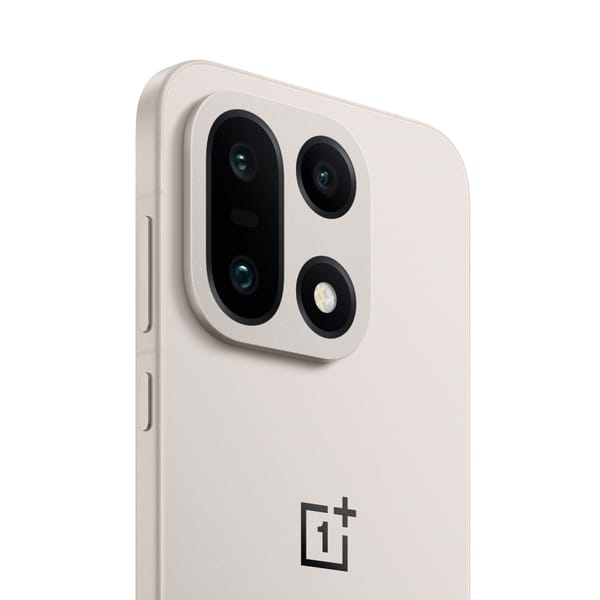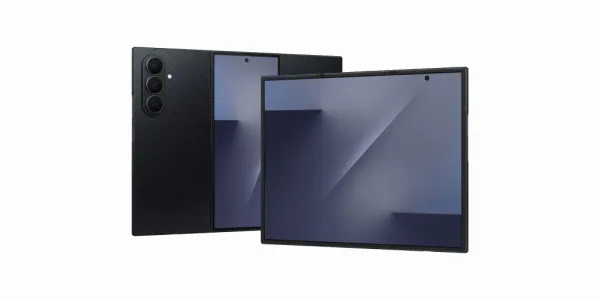MacBook Air 13″ M1 (2020) Review: Apple’s First Leap into Apple Silicon
MacBook Air 13" M1, 8GB RAM, 256GB SSD, Retina display. Silent and efficient, excellent for work and multitasking.
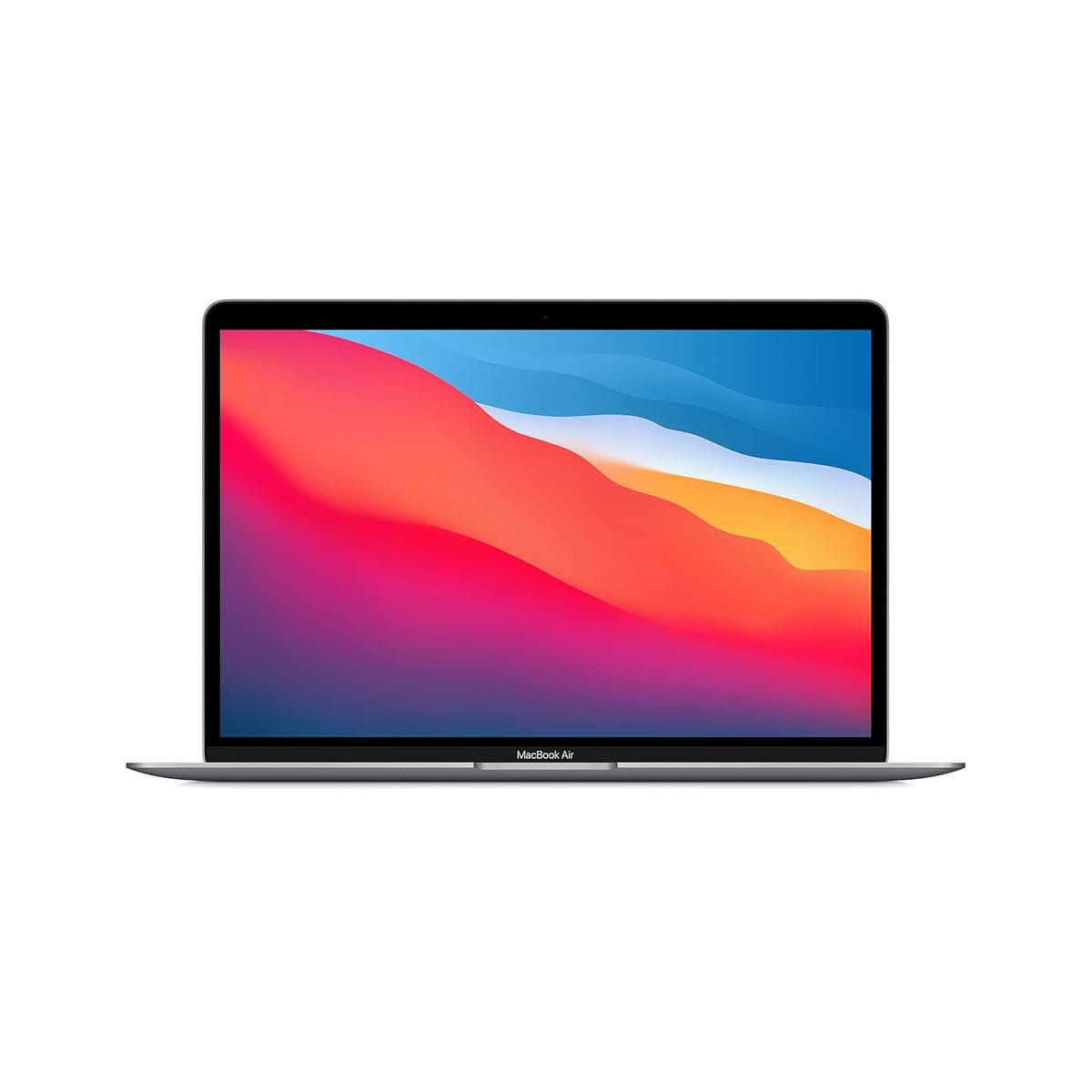
Introduction
When Apple launched the MacBook Air 13″ (M1, A2337) in late 2020, it wasn’t just another product refresh it marked a historic shift. After years of relying on Intel chips, Apple unveiled its very first Apple Silicon Mac powered by the M1 processor, the beginning of a new era.
The MacBook Air has always been the company’s ultra-portable, accessible laptop, aimed at students, professionals on the go, and anyone who values portability over raw power. But with the M1 chip, Apple completely rewrote the expectations. Suddenly, a fanless MacBook Air could outperform high-end Intel MacBook Pros, all while running silently and sipping power.
Fast forward to 2025, and the M1 MacBook Air remains one of the most popular refurbished models on the market. Compact, lightweight, and powerful enough for everyday work, it balances efficiency with cost savings. But how does it hold up against newer MacBook Pro M4 and MacBook Air M4 models? Let’s dive in.
Specifications Overview
| Feature | MacBook Air 13″ M1 (A2337) |
|---|---|
| Processor | Apple M1, 1st Gen Apple Silicon, 8 cores |
| RAM | 8 GB Unified LPDDR4X |
| Storage | 256 GB SSD |
| GPU | Apple Integrated 7-core GPU (shared memory) |
| Display | 13.3″ Retina, 2560×1600 resolution, 60 Hz |
| Touchscreen | No |
| Dimensions | 30.41 × 21.24 × 0.41–1.61 cm |
| Weight | ~1.29 kg |
| Ports | 2× Thunderbolt 3 (USB-C), 1× Audio Jack |
| Special Features | Fanless, silent operation, long battery life, Retina display |
Design and Build Quality
At first glance, the M1 MacBook Air looks very similar to its Intel predecessor. Apple didn’t change much about the chassis in 2020—it retained the sleek wedge shape, slim bezels, and unibody aluminum design. But inside, everything changed.
Weighing just 1.29 kg, the laptop is feather-light, making it perfect for commuting, travel, and carrying between classes or offices. Despite its thinness, the body feels solid and premium, exactly what you expect from Apple.
The keyboard is the Magic Keyboard, which replaced the problematic butterfly switches of earlier models. Key travel feels crisp and responsive, and typing for hours is comfortable. The large glass trackpad remains one of the best in the industry, precise and smooth.
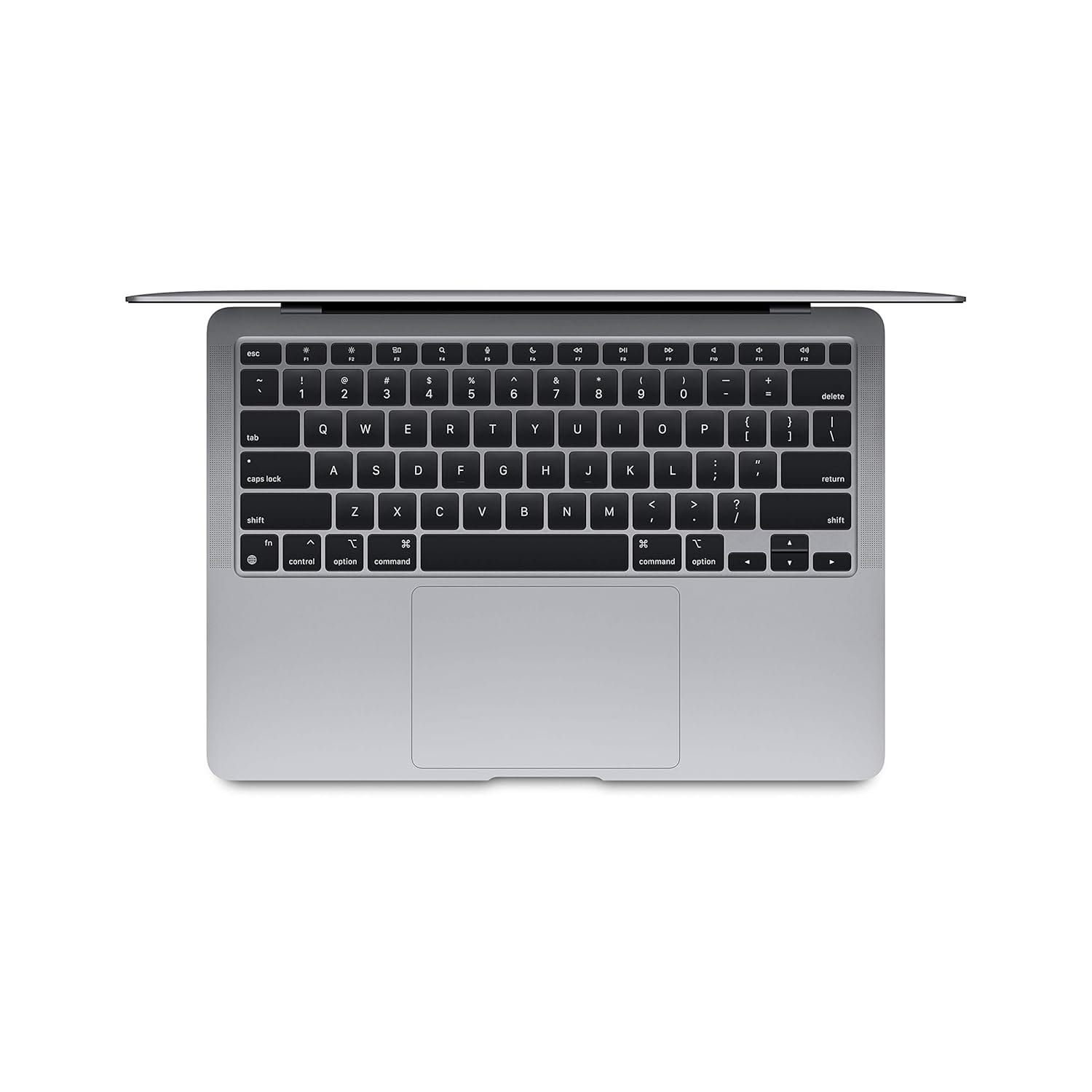
Most notably, this laptop has no fan. That means it runs completely silently—a first for modern Macs. This fanless design was made possible only by the efficiency of the M1 chip.
Display and Audio
The MacBook Air features a 13.3″ Retina display with a 2560×1600 resolution. While it’s not Liquid Retina XDR or ProMotion like in the newer Pro models, it’s still excellent for most users. The screen is sharp, colors are vibrant with P3 wide color gamut support, and brightness peaks at around 400 nits, which is sufficient for indoor use and light outdoor use.
Text looks crisp, photos and videos appear vivid, and for casual creative work (photo editing, light design, and even basic video editing), the display performs well.
The stereo speakers are surprisingly loud for such a thin machine. They deliver clear mids and highs, with some bass presence, though not as full as the 16″ Pro models. Paired with three-mic arrays, video calls and audio recordings sound clear. The FaceTime HD camera (720p at launch, improved by software processing) is serviceable but looks dated compared to newer Macs with 1080p or higher webcams.
Performance and Everyday Usage
The real magic of this machine lies in its M1 processor. With an 8-core CPU (4 performance cores, 4 efficiency cores) and a 7-core GPU, the MacBook Air suddenly became capable of tasks that no one expected from an entry-level fanless laptop.
Everyday tasks like browsing with dozens of tabs, writing, coding, video calls, and productivity apps are a breeze. Even heavier workloads like light video editing in Final Cut Pro, compiling code, and running Photoshop or Lightroom run smoothly. Thanks to unified memory architecture (UMA), the system feels snappy and fluid.
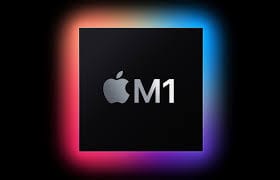
Because the laptop is fanless, it does throttle slightly under sustained heavy load (like exporting a long 4K video), but for most users—students, office workers, professionals needing portability—it delivers more than enough performance.
When it launched, reviewers were stunned that this thin and silent laptop could outperform Intel MacBook Pros from just months earlier. Even today, in 2025, it feels responsive for most mainstream workflows.
Battery Life
Battery life is another area where the M1 MacBook Air shines. Apple promised up to 15–18 hours of usage on a single charge, and in real-world usage, it comes close. For typical workloads—email, browsing, streaming, office apps—you can get a full day or more of use.
Compared to Intel Airs, battery life nearly doubled with the M1. And compared to newer M4 MacBooks, it’s still impressive, though the M4’s efficiency does give them an edge.
For students, travelers, and professionals working on the go, the M1 MacBook Air is still one of the best battery performers you can get in the refurbished market.
Connectivity and Ports
Port selection is minimal, which has always been a point of debate for MacBook Air users. You get:
- 2× Thunderbolt 3 (USB-C) ports
- 1× 3.5 mm audio jack
That’s it. Both USB-C ports are on the left side, which means charging and accessories may compete for space. Many users end up buying a USB-C hub for HDMI, USB-A, and SD card access.
Wireless connectivity includes Wi-Fi 6 and Bluetooth 5.0, which remain relevant in 2025.
Why the MacBook Air M1 Still Matters in 2025
- Silent, fanless operation makes it unique among MacBooks.
- Still extremely efficient and powerful for an entry-level device.
- The M1 chip is fully supported by macOS updates, ensuring longevity.
- Lightweight and portable, perfect for on-the-go users.
- Refurbished pricing makes it one of the best value MacBooks in the market.
Comparison with MacBook Pro M4 and MacBook Air M4
| Feature | MacBook Air M1 (2020) | MacBook Air M4 (2024/2025) | MacBook Pro M4 (2025) |
|---|---|---|---|
| CPU & Architecture | M1 (1st Gen Apple Silicon, 8 cores) | M4 (latest Apple Silicon, higher efficiency, faster cores) | M4, higher sustained performance, better for pro workloads |
| GPU | 7-core integrated GPU | Stronger integrated GPU with higher cores, better for graphics | Much more powerful integrated GPU with acceleration |
| RAM | 8 GB unified | 8–24 GB unified, more efficient | Up to 48 GB+ unified |
| Display | 13.3″ Retina, 60 Hz, 2560×1600 | Similar Retina, slightly brighter | ProMotion, XDR (up to 120 Hz, HDR), higher brightness |
| Ports | 2× TB3, Audio Jack | 2× TB4, Audio Jack (more bandwidth) | More ports (HDMI, SDXC, MagSafe, multiple TB4) |
| Battery Life | ~15–18 hours | ~20+ hours (more efficient M4) | ~20+ hours even under heavy use |
| Weight | ~1.29 kg | ~1.24 kg (lighter, thinner) | ~1.6–2.1 kg depending on size |
| Price (Refurbished) | Much cheaper | Premium pricing (new) | Higher than Air, aimed at professionals |
In short, the M1 MacBook Air still holds up surprisingly well. But if you want the best performance, display, and connectivity, the M4 Pro models are the way to go. For budget buyers, however, the M1 Air is unbeatable in value.
Pros & Cons
Pros
- Lightweight and ultra-portable
- Silent fanless design
- Excellent battery life
- Solid everyday performance
- Great value as refurbished
Cons
- Limited ports (2 only)
- 8 GB RAM may be restrictive for heavy users
- Not ideal for very demanding workloads (3D, 8K editing)
- Display lacks ProMotion / HDR features of newer models
Why Buying Refurbished Makes Sense
The MacBook Air M1 is often available at half the price of newer M4 models. For students, casual professionals, and everyday users, this is one of the best deals. Buying refurbished means:
- Lower cost while retaining Apple’s build quality.
- Tested reliability from trusted dealers.
- Longevity—Apple Silicon is here to stay, and M1 will remain supported.
- Eco-friendly—extends device lifecycle, reduces e-waste.
At around ₹38,000 from dealers, the M1 Air is a bargain compared to M4 MacBooks that cost nearly double or more.
Conclusion
The MacBook Air 13″ M1 (A2337) was a revolutionary machine when it launched, and even in 2025, it remains a brilliant balance of portability, performance, and price. Silent, efficient, and reliable, it’s ideal for students, remote workers, travelers, and anyone who wants a laptop that “just works.”
While newer M4 MacBooks surpass it in raw power, battery life, and display features, the M1 Air remains highly relevant in the refurbished market. If you’re looking for an affordable way to enter Apple’s ecosystem with a machine that can handle daily tasks and even some creative workflows, the M1 MacBook Air is one of the best buys of 2025.
FAQs
Q: Is the MacBook Air M1 still worth buying in 2025?
A: Yes. It delivers excellent performance for everyday tasks and moderate creative work. Refurbished pricing makes it one of the best value MacBooks available.
Q: How does it compare to the MacBook Air M4?
A: The Air M4 is faster, more efficient, and has newer features, but it costs nearly twice as much. For budget buyers, the M1 Air is unbeatable.
Q: Can the M1 MacBook Air handle video editing and Photoshop?
A: Yes, for light to medium projects. For heavier 4K or 8K workflows, you may need a Pro-level Mac.
Q: Does the fanless design cause overheating?
A: No. Apple engineered the M1 chip to run efficiently without a fan. It may throttle slightly under sustained heavy load, but for most users, performance remains excellent.
Q: How long will Apple support the M1 MacBook Air?
A: Apple generally provides macOS updates for 7–8 years. Expect full software support well into the late 2020s.
Q: What should I check when buying refurbished?
A: Battery health, port functionality, display condition, and warranty from the seller.
